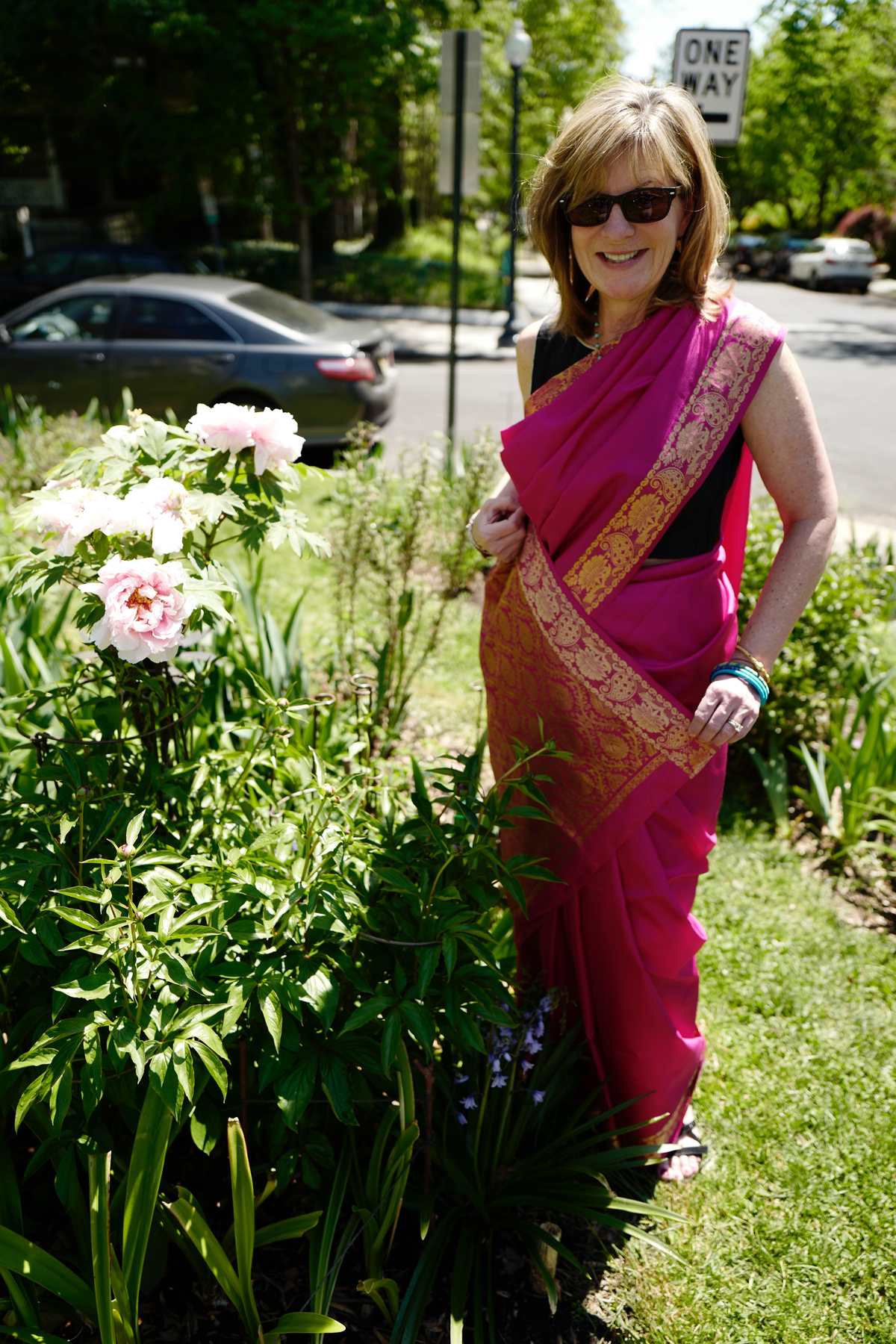Respect the Silk!
The silk saree is one of the most iconic symbols of Indian culture. In fact, India is the largest consumer of silk in the world and the second largest producer next to China. From simple patterns to elaborate, hand-woven creations with threads wrapped in gold, the structure of the saree has remained the same for hundreds of years – six yards of unstitched cloth. When most people admire a silk saree, they think about the textile itself. How it feels, the design, the color, how it catches the light.
What they may not realize is that this seemingly simple but elegant product has an amazing ecosystem behind it, starting with the silk farmers. Nearly 500,000 acres of mulberry plants are currently under cultivation in India, supporting the annual production of approximately 23,529 tons of raw silk. Domesticated silk farming, or sericulture is highly concentrated across 60,000 villages in the southern part of India. Nearly 90 percent of the country’s mulberry silk is produced in this region. Mulberry farmers are currently facing economic challenges caused by water shortages and increased competition in raw silk imports from China. In fact, record numbers of farmers are leaving the sericulture business in India because they’ve been unable to make ends meet. Some have resorted to suicide.
Interested to understand the pressures, I made a visit to the College of Sericulture in Chintamani in 2014 as part of the research behind my thesis project called, Silk Stories. I was encouraged to meet several young students who were learning about farming stronger grades of mulberry plants, reductions in silkworm diseases, rainwater harvesting and newer methods for water discovery. Most importantly, they were choosing to pursue a career in sericulture! I was extremely impressed by their enthusiasm and excitement for the future prospect of silk in India.
The hot-pink saree in this photograph is special to me, it is product of the College of Sericulture and was created by the students. As the final capstone to their studies, they grew and harvested the mulberry leaves, raised the silkworms to the cocoon stage, extracted the raw silk threads and assisted in the cleaning and weaving process so they could experience and understand the connection between each step of the supply chain. I remain optimistic that their learnings, passion and energy will propel the silk industry and India into the future.

